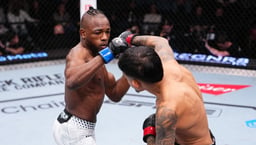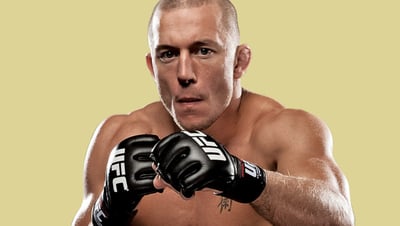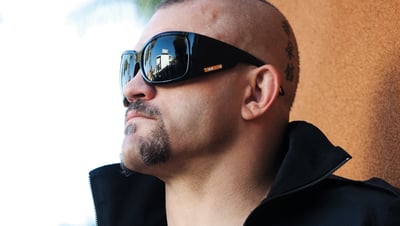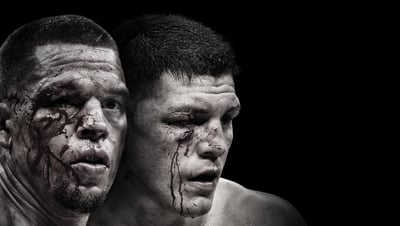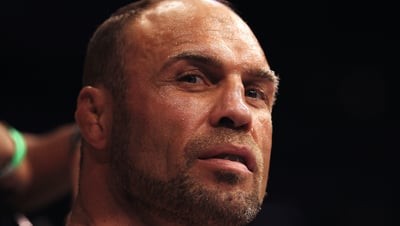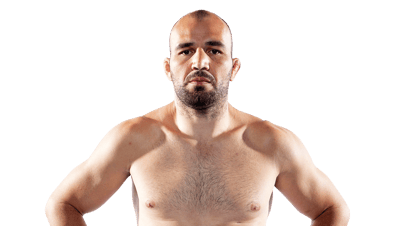
Issue 217
May 2025
World-leading sports doctor David Wang shares elite recovery strategies that sharpen performance, protect your brain, and keep your body fight-ready.
Plenty of fighters will happily push themselves to the point of self-destruction in training. It’s a strand in the sport’s DNA. Sweat. Suffer. Repeat. Too often, the invisible half of that equation - the bit where you heal, recover, and reset your brain - is often the first to be sacrificed on the altar of toughness. That’s where Dr. David Wang steps in. He’s a veteran sports medicine physician with 30 years on the frontlines, working with kickboxers, mixed martial artists, and athletes who blur the line between grit and lunacy. As the Medical Director of a concussion clinic and a current Safe MMA contributor, Wang is a rare breed who understands that recovery isn’t a time-out. It’s a performance enhancer. Here, he lays out the science of proper mind-body recovery, minus the fluff, buzzwords, or crystal therapy.
BREAKING DOWN TO BUILD BACK
The whole point of training is to stress the system. Push hard enough, and you adapt. Push too hard, and you implode. That’s why recovery isn’t optional. It’s biological law. The yin and yang. Muscles only improve when they’re allowed to rebuild. Brains only reset when they’re given the space to unplug. But here’s where most fighters get it twisted: recovery isn’t just Netflix-induced rest days and protein shakes. True recovery is integrated. It’s measured. It’s as calculated as your training block. And it starts with recognizing that your nervous system needs as much attention as your hamstrings. You’re either pushing into fight-or-flight or pulling back into rest-and-digest. Balance that equation, and everything from performance to mental clarity improves. Neglect it, and you’re trading PRs for panic attacks. Fighters in sympathetic overdrive for too long end up chronically wired, sore, and mentally tapped. Not because they’re soft. But because they’re cooked.
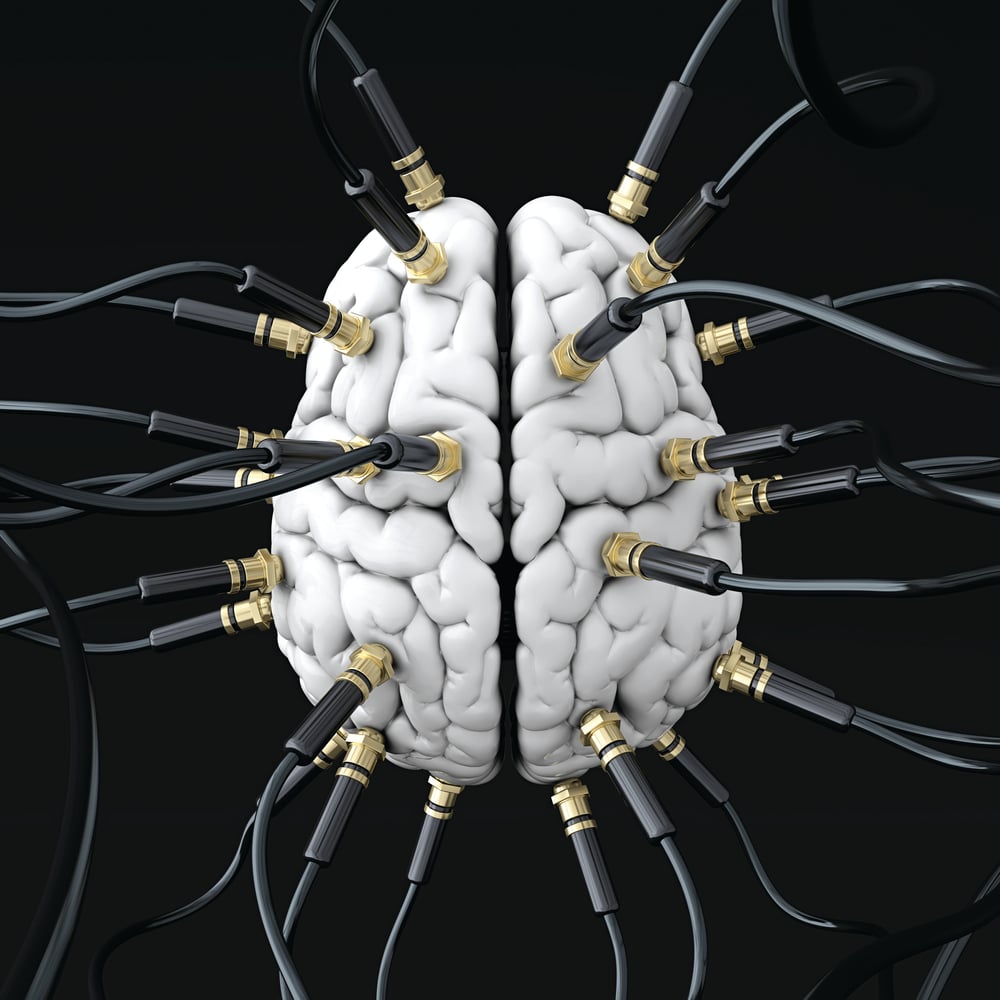
THE HIDDEN METRIC
Forget tracking steps or obsessing over sleep apps that can’t even tell when you’re napping on the couch. If you want to know whether you’re in the red or primed to push, track your heart rate variability (HRV). It’s the quiet MVP of performance metrics, an objective snapshot of your nervous system’s balance. A high HRV means your parasympathetic system steers the ship, promoting rest, digestion, and recovery. A low HRV? You’re either still buzzing from a tough session or headed for burnout. And the magic isn’t in comparing it to someone else. It’s about knowing your baseline. Watch how it trends over days and weeks. If it nosedives, you’re overcooked, even if you feel fine. Combine that with morning resting heart rate and respiratory rate, and you’ve got a triangulation method for your readiness that’s more reliable than your ego. Sure, tech like WHOOP or Oura can help, but so can a notebook and a little self-awareness.
YOUR BRAIN NEEDS NAPS WHEN AWAKE
Recovery isn’t just about muscle soreness. It’s about mental fatigue. Chronic overtraining torches your motivation and dulls your focus. You’re not just tired. You’re foggy. You stare at your gloves, scroll your playlist five times, and still don’t want to hit pads. That’s not laziness. It’s neurochemical depletion. Training too hard too often sends cortisol into overdrive and turns your dopamine system into a smoldering ruin. That’s why recovery must include intentional mental reset strategies. Meditation isn’t just hippie nonsense. It’s nervous system rehab. Five to ten minutes of controlled breathing - six seconds in, six seconds out - can boost your HRV, calm your nerves, and prime you for the next day. This isn’t about enlightenment. It’s about gear-shifting from fight mode to recovery mode. And no, you don’t need a Himalayan salt lamp. You just need to sit still and breathe like a human, not a caffeinated bear.
SIGNS YOU’RE SCREWED
Fighters are notoriously bad at recognizing when they’re cooked. So, here’s your checklist. If your legs still feel like concrete two days after a hard session, your mood’s dipping into ‘stare-at-the-wall’ levels, and you’ve started dreading training like it’s a tax audit - you’re not weak, you’re under-recovered. Coaches need to tune in to these signals, too. Motivation drops. Output tanks. Injuries crop up like mushrooms after rainfall. That’s the body screaming for help. Instead of adding more conditioning because “you looked slow,” the answer might be pulling back and letting the engine cool. Rest doesn’t mean you lose your edge. It means you get to keep it longer. Top fighters don’t train harder. They train smarter. They know when to push and when to pause. Periodization isn’t just for weightlifters. It’s how champions are built. Ignore
recovery, and your progress will ghost you in the worst ways possible.
RECOVERY ISN’T A SNACK. IT’S A STRATEGY
Nutrition is recovery’s co-pilot. If you’re not refueling correctly, no sauna, ice bath, or HRV hack will save you. The basics still win. Carbs to refuel. Protein to rebuild. Fats to stabilize hormones. And water to hydrate. Electrolytes aren’t just for fight week cuts. They’re for daily functions. And when it comes to muscle recovery, micronutrients matter. Magnesium, B-complex vitamins, and omega-3s play direct roles in lowering inflammation and aiding repair. Skip these, and you’ll be mysteriously sore for days. Supplement if you need to but start with real food. And if you’re trying to train twice a day on a bowl of cereal and a protein shake, that’s not discipline. It’s self-sabotage. Recovery starts in the kitchen. If you want to stay sharp, you must eat like your next paycheck depends on it. Because it might.
MIND-BODY IS A WEAPON, NOT WEAKNESS
The culture of grind gets glorified, but the smartest fighters are the ones who know how to downshift. The mental edge isn’t forged through burnout. It’s sharpened through rest, self-awareness, and a clear plan. That doesn’t mean slacking. It means strategic disengagement. It means understanding that being “on” all the time is the fastest route to being off permanently. Add breath work to your daily routine. Build in legit rest days. Track your HRV and recovery markers the same way you track rounds. And treat recovery like it’s your next fight. Because if your nervous system is shot, your performance will be affected, too. Body-mind recovery isn’t some self-care fad. It’s the missing link between consistency and collapse. Ignore it, and your next injury or burnout phase is just around the corner. Embrace it, and you turn rest into a secret weapon that fuels the grind, sustains the progress, and sharpens the edge that made you fall in love with fighting in the first place. Recovery isn’t a weakness. It’s the hidden strength no one wants to talk about. Until now.
Safe MMA is a globally renowned medical charity dedicated to the safety of MMA competitors. It was founded in 2012 by medical experts together with representatives from the UK MMA community in the absence of sport regulation. safemma.org
...



